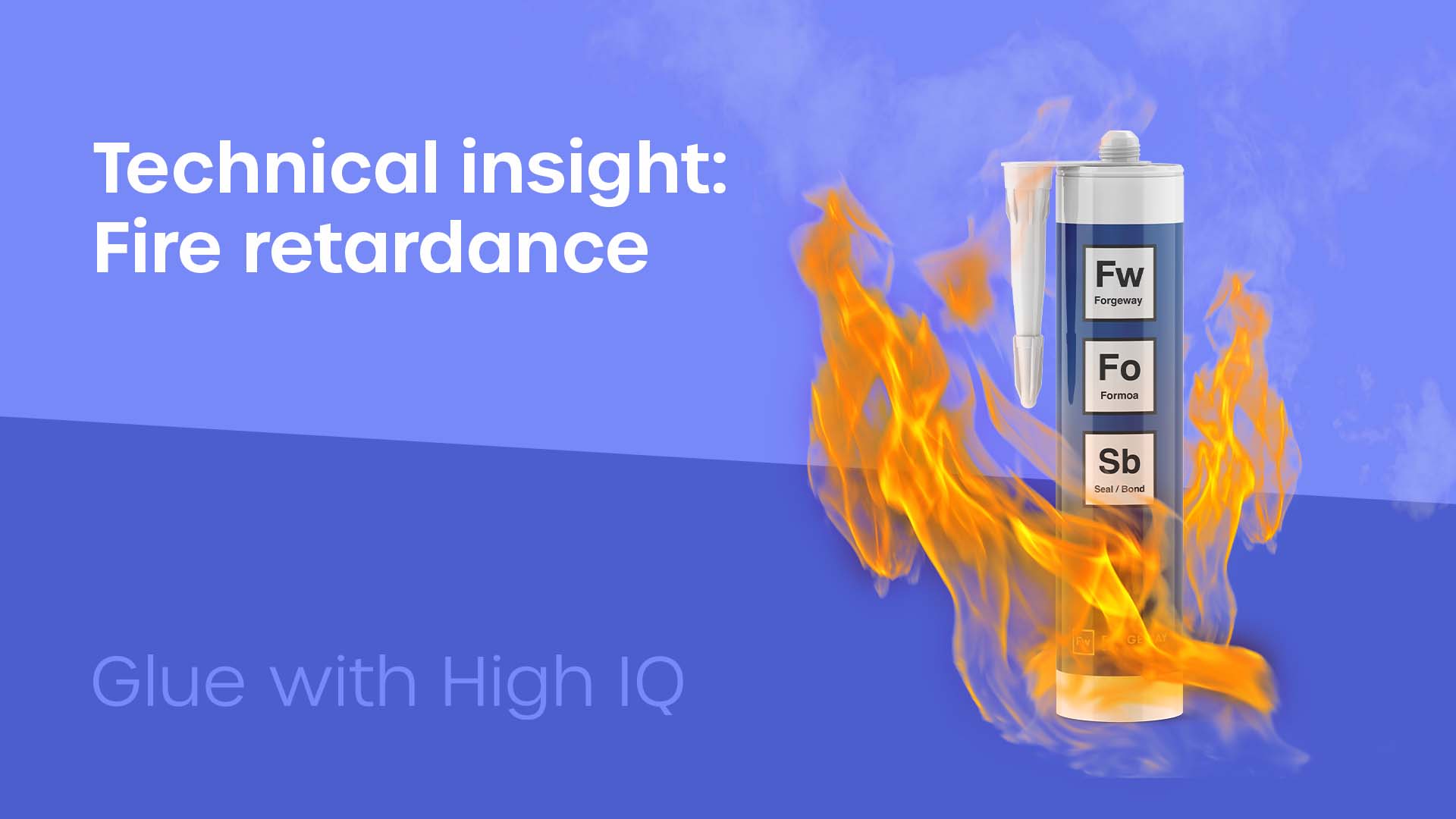
When developing a new product, fire protection is a fundamental consideration – there can never be any compromise on standards or product performance. Whilst the threat of fire is a constant across all sectors, each sector has its own rules and regulations.
In recent years, research and development of fire safe materials has focused on preventing ignition and fire growth, and reducing peak heat release rates. Flame retardants are a common solution to this. Flame retardants are used to interrupt the combustion process of a fire, allowing more time for people to escape.
There are several different flame retardant chemistries. Each works to stop the spread of fire by either promoting the formation of char, creating a glassy protective layer, forming an upper intumescent coating or terminating free radical processes in the gaseous phase. Flame retardants can also work by cooling the substrate through endothermic reactions, absorbing heat through the release of water or carbon dioxide and diluting the concentration of gases.
Fire protection across all sectors is measured using three factors – fire, smoke and toxicity (FST). Within these FST regulations, critical factors include the time to ignition, smoke development, flame spread, toxic gases release, corrosive chemical release, and heat generation.
Every sector has a different set of regulations on FST, with different parameters to fit their purpose. For example, a product that is compliant with BS 476 (British Standard fire test on building materials and structures) may not be compliant with FAR/JAR 25.853 (Airworthiness standard).
Many of Forgeway’s products are fire safe, but in order to give a definitive answer on FST properties of one of our sealants or adhesives, we need to be clear about the specific application and what requirements need to be met. For more information on fire safe products, or any of our high performance adhesives, sealants and coatings, give us a call.
Thomas is the Content Manager here at Forgeway. Thomas' job is to translate the technical jargon from the ivory tower of academia into easy-to-read content that everyone can understand. Forgeway's mission is to answer every question our customers and prospective clients ask, or are apprehensive to ask.


